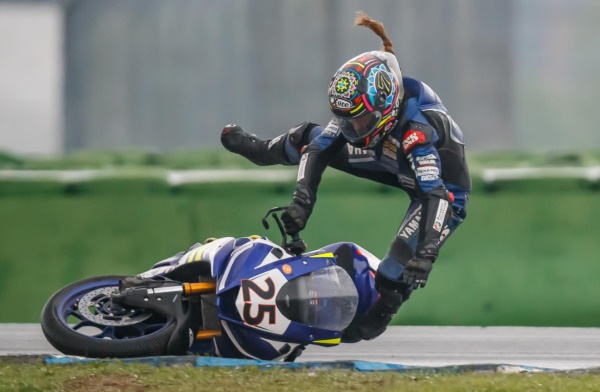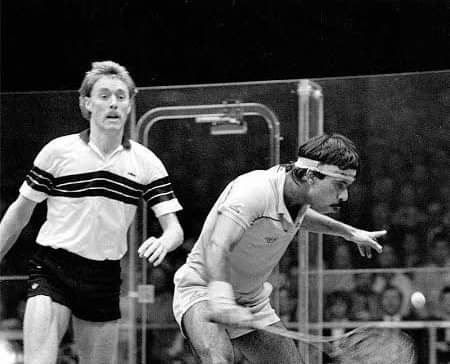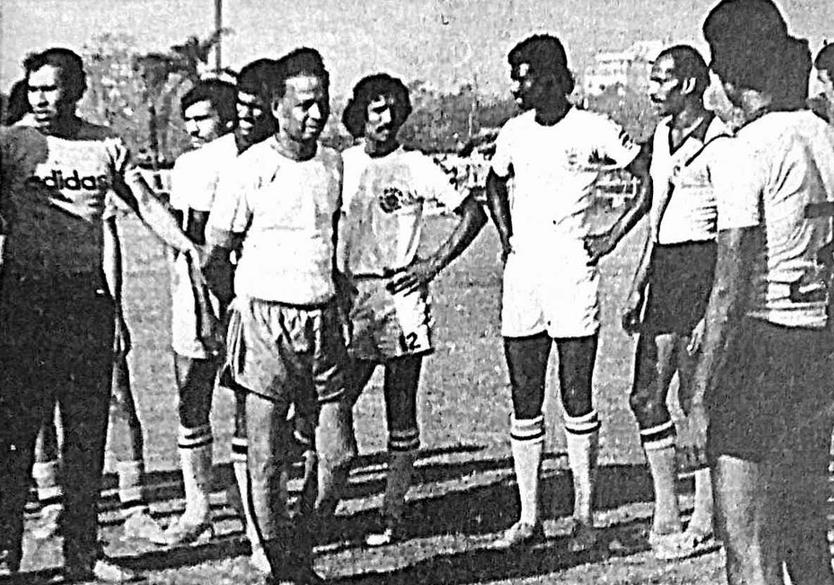Brain Injuries in Sports:
The world of sports offers invaluable experiences and lessons in teamwork, discipline, and physical fitness. However, it also harbors significant risks, particularly concerning brain injuries. Athletes across various disciplines are exposed to situations that may lead to concussions and other types of traumatic brain injuries (TBIs), highlighting a critical issue that demands attention. The impact of these injuries extends beyond immediate physical harm, potentially affecting athletes’ long-term health and career prospects.
Addressing the high risks associated with sports-related brain injuries necessitates a multifaceted approach, encompassing education, preventive measures, and effective response protocols. Athletes, coaches, and sports organizations need to be informed about the potential dangers and equipped with strategies to minimize these risks. This article explores the prevalence of brain injuries in sports, the importance of implementing safety protocols, and the collective effort needed to protect athletes at all levels of competition.
The Prevalence of Brain Injuries in Sports
Brain injuries are a critical concern in sports, affecting athletes across a range of activities from football and soccer to boxing and hockey. The competitive nature of sports often pushes athletes to their limits, sometimes resulting in collisions or falls that lead to concussions and other TBIs. These injuries can have severe consequences, affecting not only an athlete’s career but also their quality of life. Studies have shown that repeated head traumas are linked to chronic traumatic encephalopathy (CTE), a condition with long-term neurological implications.
Awareness and education about the prevalence of brain injuries in sports are vital. Coaches, athletes, and parents must be informed about the signs and symptoms of concussions to ensure timely and appropriate responses. Recognizing the early signs of a brain injury can prevent further damage and facilitate a safer sports environment for all participants.
Implementing Effective Safety Protocols
To mitigate the risk of brain injuries in sports, implementing effective safety protocols is essential. This includes the use of proper equipment, such as helmets and mouth guards, designed to reduce the impact of blows to the head. Therefore, sports organizations and teams should enforce rules that limit dangerous play and promote safe techniques. Training programs that focus on strengthening neck muscles and improving balance can also help athletes better absorb and manage impacts, potentially reducing the likelihood of sustaining a brain injury.
Furthermore, establishing clear concussion management protocols is critical. These protocols should outline steps for the immediate removal of an athlete from play following a suspected concussion, a comprehensive medical evaluation, and a structured return-to-play process. Ensuring that these guidelines are strictly followed helps protect athletes from the severe consequences of returning to play too soon after an injury.
The Role of Medical Professionals in Sports
Medical professionals play a crucial role in safeguarding athletes from brain injuries. Team doctors, trainers, and physiotherapists should be well-versed in identifying and managing concussions and other TBIs. Regular training sessions on the latest concussion management strategies and diagnostic tools are essential for medical teams to stay updated.
Having medical professionals present during games and practices ensures that immediate care is available for any athlete who sustains a head injury. This prompt response is crucial for assessing the injury’s severity and determining the necessary steps for treatment and recovery. By closely monitoring athletes’ health, medical teams can make informed decisions about when it’s safe for an athlete to return to play, reducing the risk of further injury.
Legal Considerations and Athlete Rights
Athletes who suffer brain injuries due to negligence or inadequate safety measures may seek legal help for brain injuries in Denver. Legal professionals specializing in sports injuries can guide the rights of athletes and the responsibilities of sports organizations and schools. They can also assist in pursuing compensation for medical bills, lost income, and other damages resulting from the injury.
Understanding the legal aspects of sports-related brain injuries is extremely critical for athletes and their families. Knowledge of one’s rights and the legal recourse available can empower affected individuals to take action and advocate for safer sports practices. Legal professionals can also work towards broader changes in sports policies and protocols, aiming for enhanced protection for all athletes.
The Importance of Research and Innovation
Research and innovation play a critical role in the ongoing battle against brain injuries in the sports world. Here’s how ongoing efforts are shaping a safer future for sports participants:
-
Studying Repetitive Head Impacts: Scientists and medical experts are dedicated to understanding the long-term effects of repetitive head impacts to develop strategies that mitigate risks.
-
Developing Protective Gear: Advances in technology are leading to the creation of better protective gear, such as helmets designed to significantly lessen the force transmitted to an athlete’s head.
-
Innovating Diagnostic Tools: Efforts are underway to enhance diagnostic tools, making it easier and faster to identify brain injuries when they occur.
-
Exploring Recovery Methods: Research is expanding into new treatment methods and their effectiveness in promoting the healing of the brain, which is crucial for an athlete’s recovery.
-
Investing in Safer Environments: The commitment to research and innovation is key to developing environments that are not only safer for current athletes but also beneficial for the health and safety of future generations in sports.
Educating the Sports Community
Education plays a fundamental role in preventing brain injuries in sports. Athletes, coaches, and parents must be equipped with knowledge about the risks of head injuries, the importance of proper technique, and the protocols for dealing with concussions. Educational programs and workshops can significantly enhance awareness and understanding across the sports community.
By fostering a culture of safety and awareness, the sports community can work together to reduce the incidence of brain injuries. Empowering individuals with the knowledge to make informed decisions about their participation and response to head injuries is a critical step towards safer sports for everyone.
Mental Health Support for Athletes Recovering from Brain Injuries
The journey to recovery from a sports-related brain injury encompasses more than just physical healing; it also involves addressing the psychological impact of such injuries on athletes. Feelings of isolation, anxiety, and depression are common among athletes sidelined by concussions and TBIs, highlighting the need for robust mental health support systems. Integrating mental health services into the recovery process ensures that athletes receive comprehensive care, addressing both the physical and emotional aspects of their recovery.
Sports organizations and teams can play a significant role in providing these support systems by offering access to sports psychologists and counseling services tailored to the unique challenges faced by injured athletes. Encouraging open discussions about mental health and removing the stigma associated with seeking help can empower athletes to prioritize their emotional well-being. By acknowledging and addressing the mental health challenges associated with brain injuries, the sports community can support athletes in navigating the complex journey toward recovery and return to play.
Read More: Innovations in Car Safety: Reducing the Risk of Crashes and Injuries







